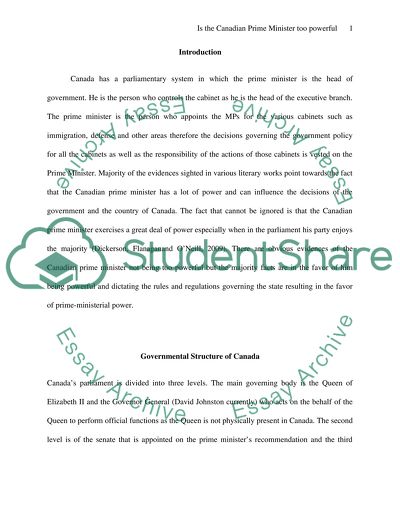Cite this document
(“Governmental Structure of Canada. Is the Canadian Prime Minister Too Research Paper”, n.d.)
Retrieved from https://studentshare.org/history/1396320-governmental-structure-of-canada-is-the-canadian-prime-minister-too-powerful
Retrieved from https://studentshare.org/history/1396320-governmental-structure-of-canada-is-the-canadian-prime-minister-too-powerful
(Governmental Structure of Canada. Is the Canadian Prime Minister Too Research Paper)
https://studentshare.org/history/1396320-governmental-structure-of-canada-is-the-canadian-prime-minister-too-powerful.
https://studentshare.org/history/1396320-governmental-structure-of-canada-is-the-canadian-prime-minister-too-powerful.
“Governmental Structure of Canada. Is the Canadian Prime Minister Too Research Paper”, n.d. https://studentshare.org/history/1396320-governmental-structure-of-canada-is-the-canadian-prime-minister-too-powerful.


